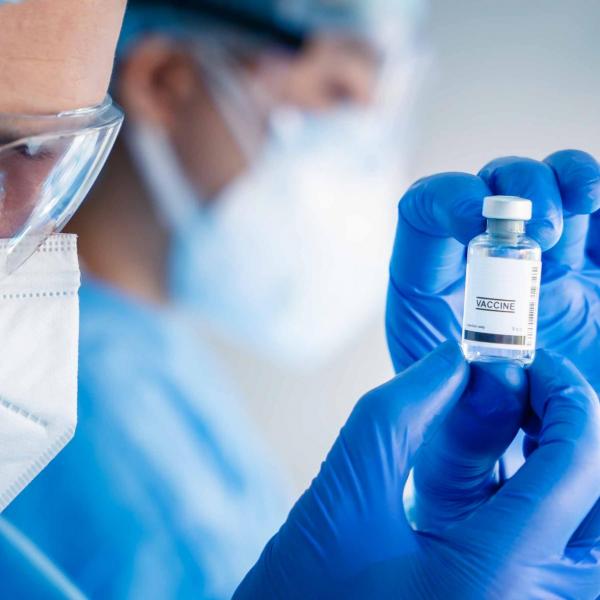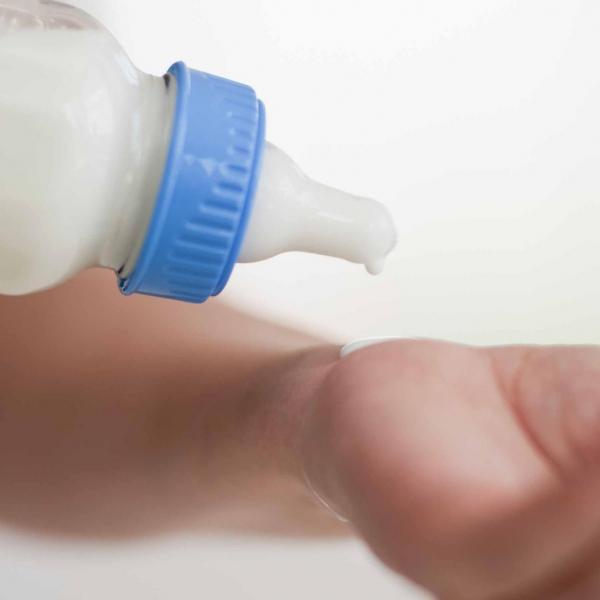Trypsin is an enzyme of key importance for the digestion of proteins. Having first been identified in the late 1800s in secretions from the pancreas, forms of Trypsin have now been found in all fish, insects and mammals studied to date, highlighting its critical importance to animal life.
A feature shared across species is its synthesis as an inactive precursor. For mammals, this is trypsinogen, which once secreted from the pancreas is released into the small intestine where it is activated. This property is protective, preventing self-digestion of the pancreas by keeping active trypsin from ever coming into direct contact. However, in several conditions including Cystic Fibrosis, this can go awry, leading to pancreatitis and other complications.
Once activated in the small intestine, trypsin cleaves (or cuts) its protein substrates at lysine and arginine amino acids, working in tandem with pepsin and chymotrypsin to break proteins down into small peptides and amino acids. This proteolytic action provides the building block amino acids necessary for the body’s cells to synthesise new proteins. As proteins themselves, these enzymes digest each other following the protein content of a meal, further contributing to this amino acid pool.
A workhorse protease
The powerful proteolytic activity of Trypsin, with functions similar to the human digestive system, make it a highly versatile enzyme with broad industrial applications. For tissue culture, cells can be separated from each other, the matrix within which they exist in a tissue, or indeed from a plastic dish by application of trypsin. In mass spectroscopy (MS), an approach used for detecting specific proteins, or investigating how they interact and function, trypsin is considered a workhorse. It is held in high regard due to its specificity, high protease activity, temperature stability, and real reliability. Somewhat serendipitously, it also produces peptide fragments in the ideal size range for MS, making the results of this complex technique easier to interpret for researchers.
For the food industry, trypsin has been successfully applied across broad contexts, being both baking enzyme and meat tenderiser. Beyond this, trypsin can be used for the extraction of flavourings from vegetable and fruit sources, in addition to being used for improving food texture, whip, and digestibility. For infant formula, trypsin is used to ease digestibility, and in the production of hypoallergenic milk, by breaking down the proteins that would otherwise trigger a reaction.
Neova Technologies Inc, part of Bioseutica Group, produces several grades of Trypsin, with properties that endow each with particular advantages. Contact us today to learn more from our specialists about how you can best apply our trypsin grades to your application.
Our Grades of Trypsin, and their applications
Click on the products below to discover more about each of our Trypsin grades:
Medical, Pharmaceutical, and Research
| Application Suitability | TRYPSIN VI | TRYPSIN IV | TRYPSIN II | TRYPSIN I | TRYPSIN 1:250 | TRYPSIN SE Pancreatin |
|---|---|---|---|---|---|---|
| Vaccine Production | ||||||
| Cell and Tissue Culture | ||||||
| Mass Spectroscopy | ||||||
| Diabetes & Ophthalmic research | ||||||
| USP / EP guideline conformance | ||||||
| Reduce Oedema and Bruising | ||||||
| Enteral Feeding |
Food Processing, Infant Formula & Dietary Supplements
| Application Suitability | TRYPSIN VI | TRYPSIN IV | TRYPSIN II | TRYPSIN I | TRYPSIN 1:250 | TRYPSIN SE Pancreatin |
|---|---|---|---|---|---|---|
| Whey Protein Hydrolysis | ||||||
| Production of Infant Formula | ||||||
| Production of Hypoallergenic Infant Formula | ||||||
| Food Processing | ||||||
| Meat and Seafood Tenderisation | ||||||
| Enhancement of Food Digestibility | ||||||
| Dietary Supplementation | ||||||
| Functional Foods |
USP specifications per Trypsin grade
Please note: This table outlines our experience of the optimal applications per NTI Trypsin grade. This information is not exhaustive of all possible applications, but a starting point from which to select a grade for your use case.
| Specification | TRYPSIN VI | TRYPSIN IV | TRYPSIN II | TRYPSIN I | TRYPSIN 1:250 | TRYPSIN SE Pancreatin |
|---|---|---|---|---|---|---|
| Trypsin U/mg USP | ≥ 2500 | ≥ 250 | ≥ 450 | >2500 | ≥ 250 | / / / |
| Chymotrypsin U/mg USP | ≥ 250 | ≤ 75 | ≤ 75 | ≤ 50 | ≥ 75 | / / / |
| Endotoxin EU/mg | / / / | ≤ 10 | ≤ 10 | / / / | ≤ 10 | / / / |
| Protease U/mg USP | / / / | / / / | / / / | / / / | > 220 | > 250 |
Optimal Application Suitability Reference Table: This table outlines our experience of the optimal application per Neova Technologies Inc. Trypsin grade. Note that this table is neither exhaustive of the specific applications, but a starting point from which to select a grade for your application. Please read below for detailed applications per grade and contact us with any application or grade-specific queries.
No Warranty: The information contained herein is provided in good faith and, to the best of our knowledge, is true and correct. However, no warranty or guarantee is implied or inferred and the information may be subject to change without prior notice. Neova Technologies Inc.’s products are sold with the understanding that the purchaser will conduct tests to determine the suitability of these products for their particular use.








